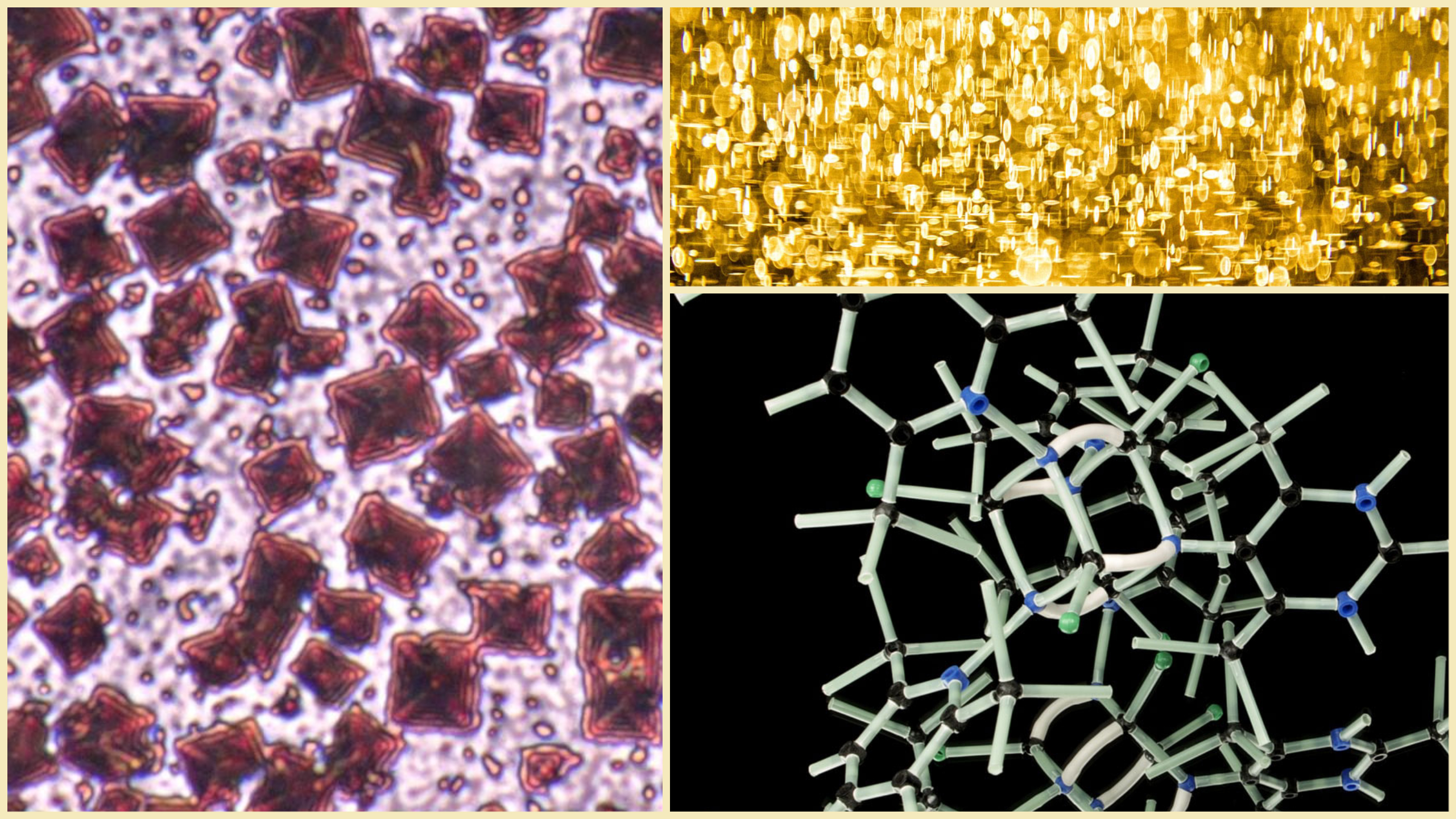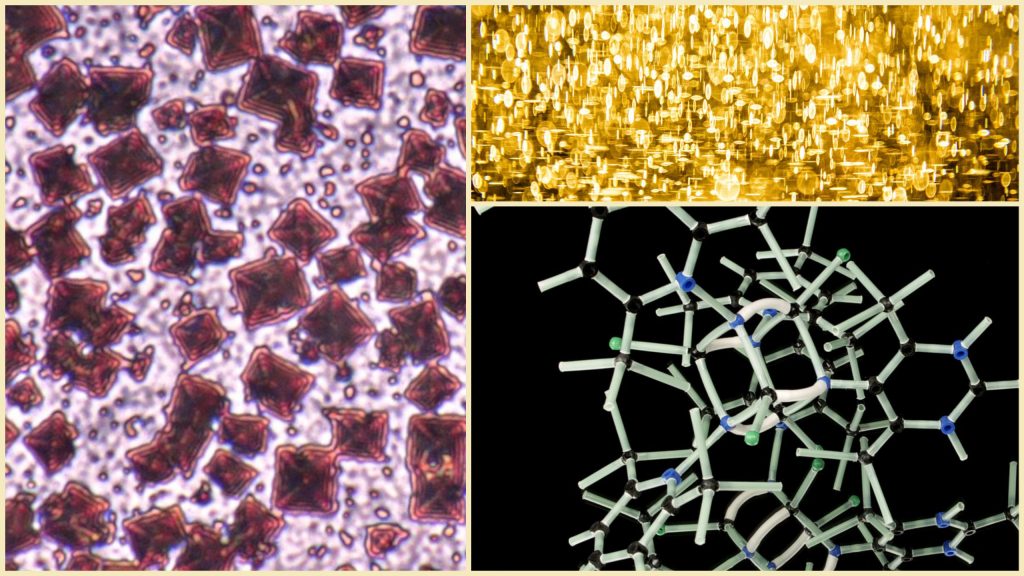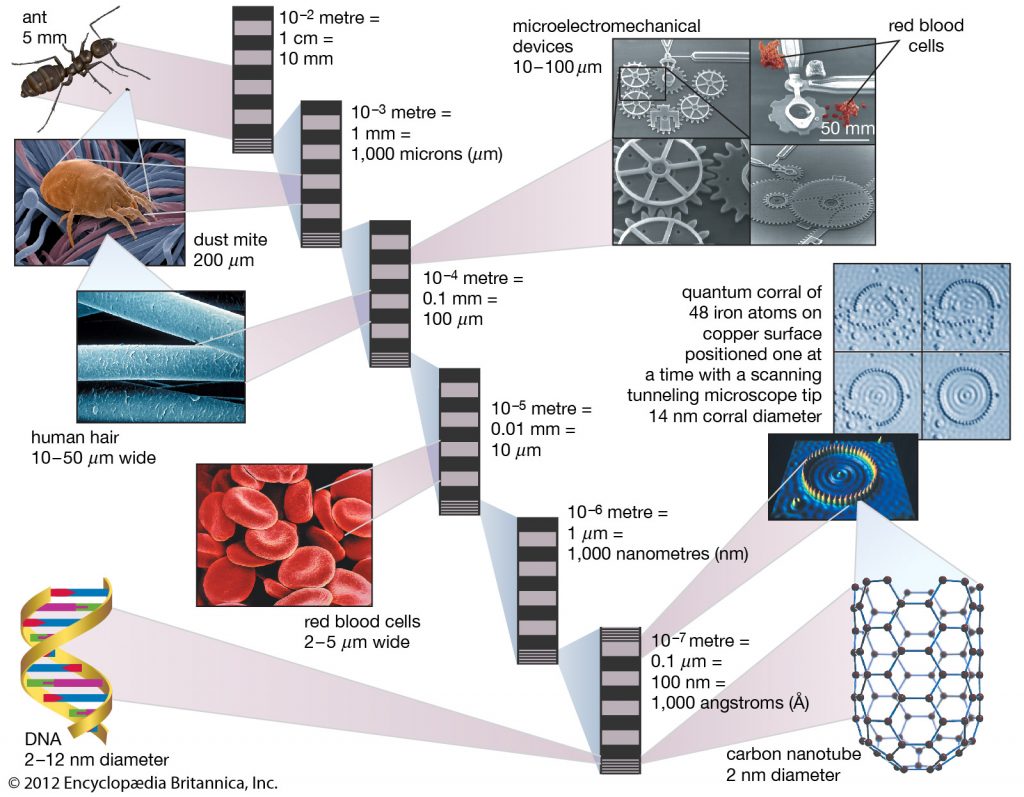
Love your FiOS or your fiber optics? This achievement at Massachusetts Institute of Technology (MIT) with nanoparticles, crystals, gold, and synthesized DNA is big news.
In the not-too-distant future, science’s ability to manipulate these microscopic particles will be part of the building blocks that lead to faster and better fiber optics with the right configuration of gold spheres wrapped in synthesized DNA (where’s Mr. Wizard when you need him to gruffly explain it?).
The TL;DR (Best Attempt at Mr. Wizard)
If you can grow nanoparticle crystals into a controlled shape/structure using synthesized DNA and gold, the crystals can be structured in a way that makes it easier for light and electricity to travel faster and more efficient in fiber optics. FiOS and other technologies that use fiber optics can then be upgraded to faster and more efficient versions. Fiber optics are also utilized for aircraft and the science behind it is seen as the next generation in flight control, as well as computer networking, medical scanning, military equipment, and a range of other uses.

What are nanoparticles?
In a nutshell, nanoparticles are microscopic particles with dimensions less than 100 nm (nm = nanometers), or a size ranging from 1 to 100 nm. A single strand of DNA is less than 3 nm wide. There are 1 million nm in one mm. A small ant is 5 mm, which makes an ant 5 million nm!

Clench your science-loving cheeks for this one…
A team from Draper and MIT used gold spheres wrapped in synthesized DNA to grow oriented crystals—a technology with applications in optics, sensing and materials design.
DNA is not just the stuff of our genetic code. It is also a means to design self-assembling materials. Unlocking self-assembly could allow us to create materials that don’t exist naturally and we can’t currently create ourselves.
– Diana Lewis of Draper, MIT
The Challenge and the Incentive to Synthesize Nanoparticles…
Nanoparticles have gained a reputation in recent years due to their applications in fields that include data storage, drug delivery, imaging and sensing. With increased demand for nanoparticles, different methods have been developed for their synthesis in different sectors. One barrier to wider adoption is the inability to tailor the nanoparticles’ relative positions on a surface.

The Achievement…
Officially announced by Draper on 19 May 2020, a team from Draper and MIT has discovered how to fabricate nanoparticle superlattices on surfaces with defined sizes, shapes and orientations. They did it by using spherical nanoparticles of gold, coated with specially designed single strands of synthesized DNA. The new approach is described in a paper in the journal Nature Materials, written by Diana Lewis and David Carter at Draper and Robert Macfarlane and Leonardo Zornberg at MIT.
Using nanoparticle self-assembly—a simple, efficient method to organize nanoparticles into a precise, pre-determined structure—to grow crystals on a surface is an important achievement. The spatial arrangements of nanoparticles can be potentially used to build increasingly complex structures leading to a wide variety of materials that can be used for different purposes.
“DNA is not just the stuff of our genetic code,” Lewis said. “It is also a means to design self-assembling materials. DNA is a connector and serves as a way to change how particles interact with each other, and with surfaces. Unlocking self-assembly could allow us to create materials that don’t exist naturally and we can’t currently create ourselves.”

DNA-grafted nanoparticles’ crystallization behaviors mimic traditional atomic crystal formation, earning them the moniker “programmable atom equivalents.” The new research demonstrates how to use their programmability to create micron-scale crystals with customizable size, orientation and the most favored crystallographic symmetry for a set of PAEs, which is the one that maximizes the number of DNA connections formed.
Why this matters for the future…
In the future, these microstructures could be used to improve materials in making optical resonators, soft structural materials, chemical and biological sensors and other applications. DNA-grafted nanoparticles also provide an ideal building block for studying crystal nucleation and growth on substrates, the authors said.
The work was partly supported by a Draper fellowship and the National Science Foundation. Lewis did the work while a Draper Fellow and student in MIT’s Ph.D. program for materials science in Robert Macfarlane’s lab.
Disclaimer by MIT: Any opinions, findings and conclusions or recommendations expressed in this material are those of the authors and do not necessarily reflect the views of the National Science Foundation.
Source: https://www.draper.com/news-releases/sticky-strands-dna-assemble-gold-nanoparticles
Leave a Reply